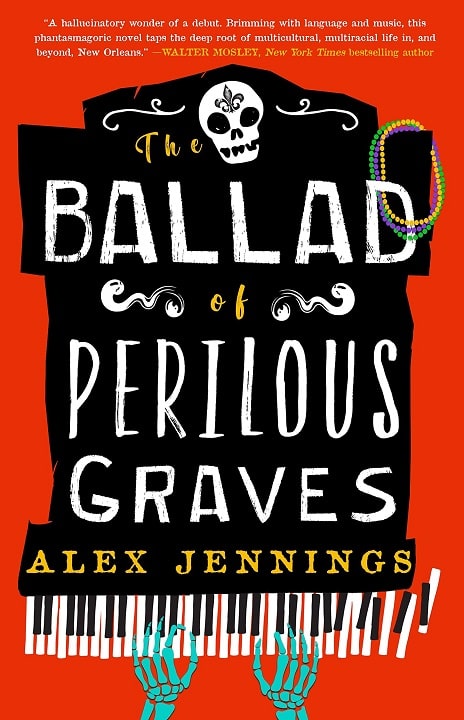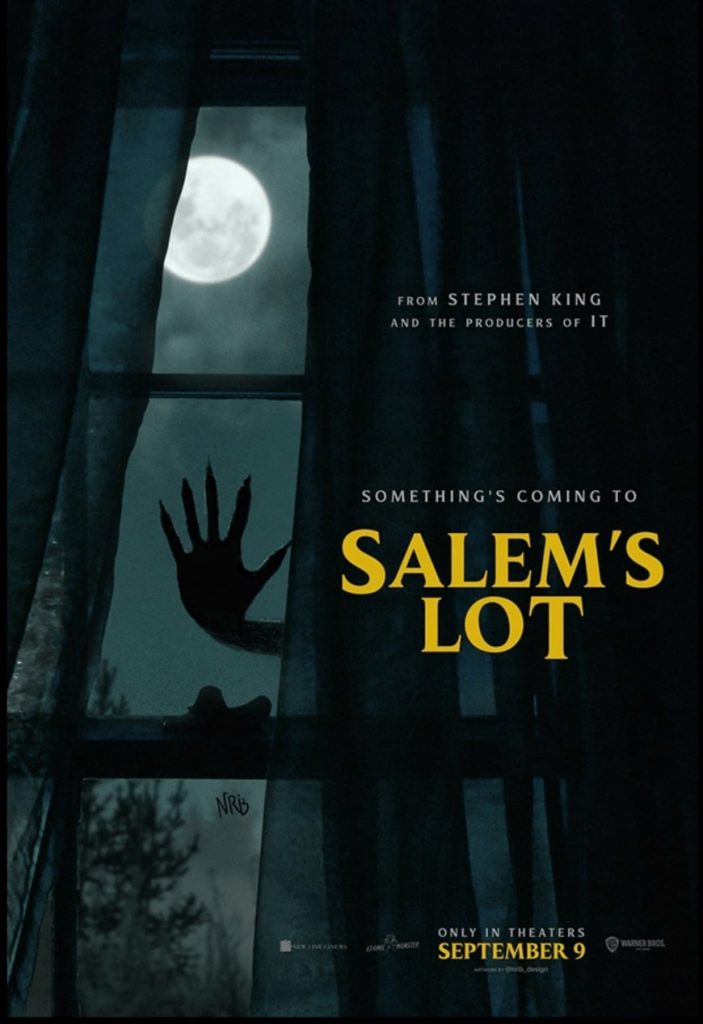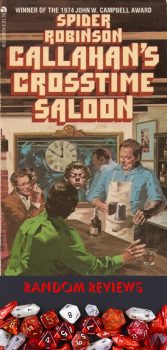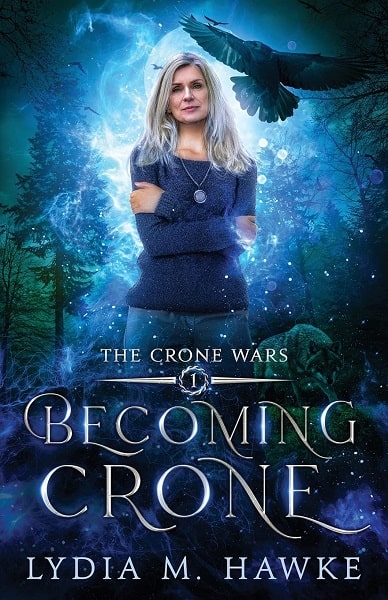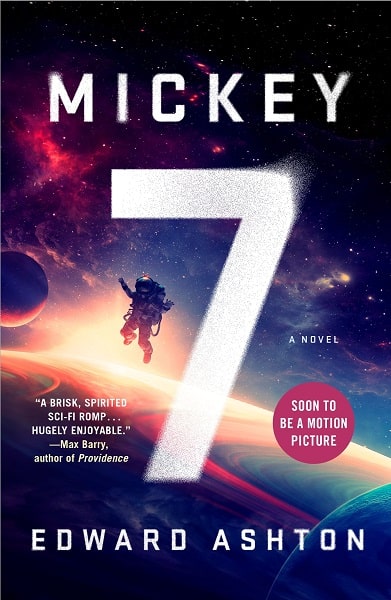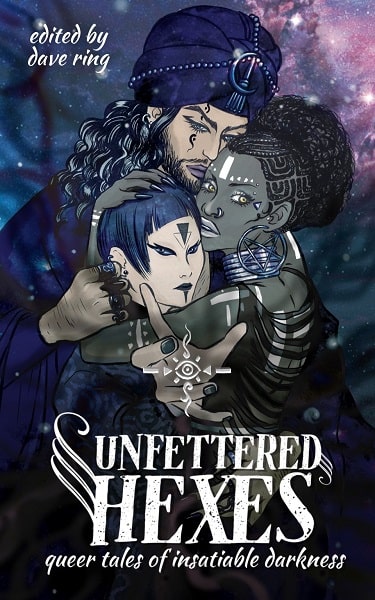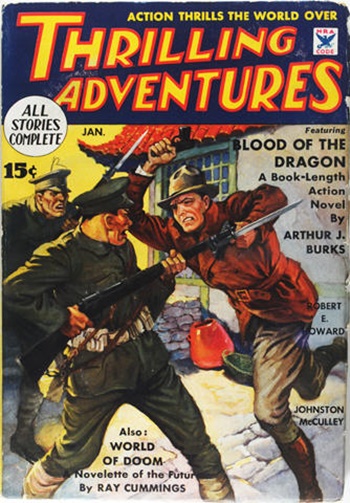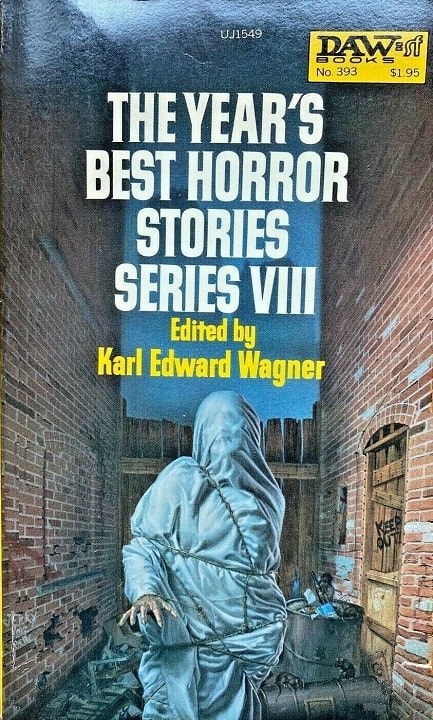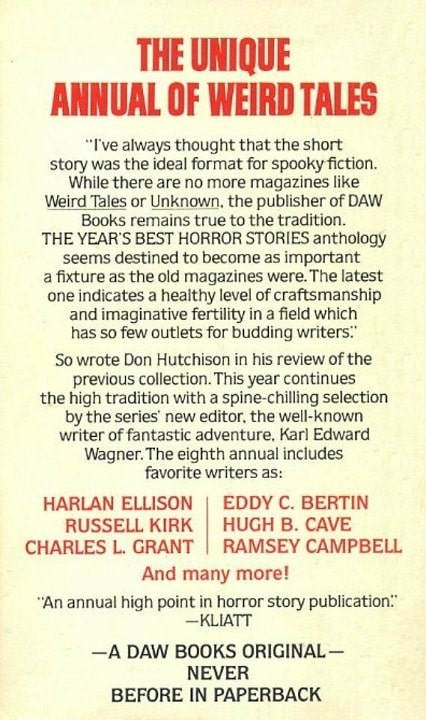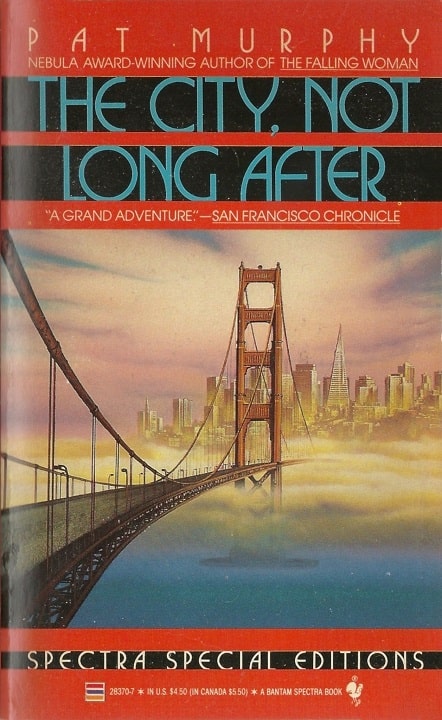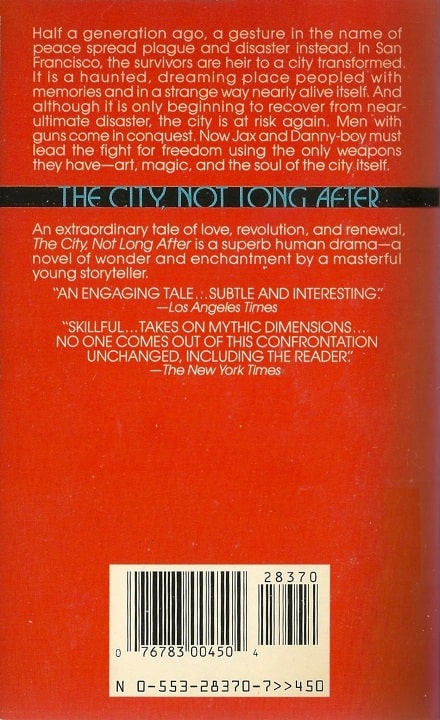Vintage Treasures: The Best Science Fiction of the Year 12, edited by Terry Carr
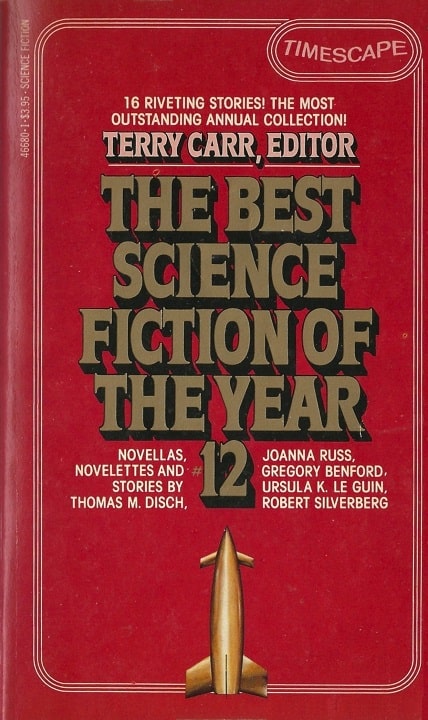 |
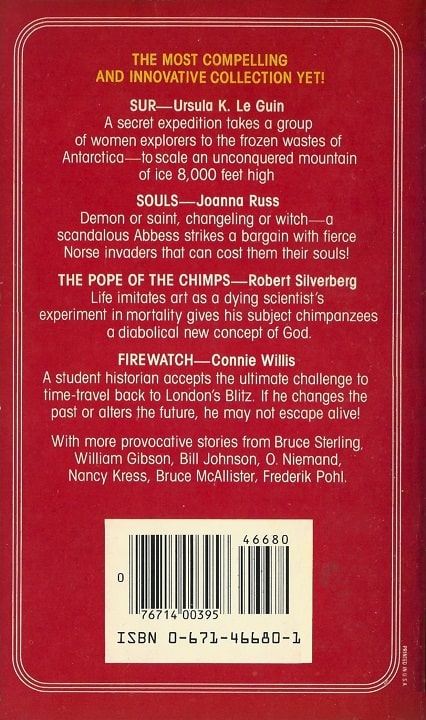 |
The Best Science Fiction of the Year 12 (Timescape/Pocket Books, July 1983)
I recently found a copy of Terry Carr’s 1983 anthology The Best Science Fiction of the Year 12 in a paperback collection I bought on eBay, and I was astonished at just how many great tales it contained.
There’s Connie Willis’s Hugo & Nebula Award winner “Firewatch,” the story of a time-traveling history student doing research during the London Blitz who discovers much more than he bargained for; Joanna Russ’s famous novella “Souls,” a Hugo award-winner in which a resourceful Abbess faces off against invading Vikings; Bruce Sterling’s first short story sale, the Shaper/Mechanist novelette “Swarm;” William Gibson’s early cyberpunk classic (and Nebula nominee) “Burning Chrome;” and Robert Silverberg’s Nebula Award nominee “The Pope of the Chimps,” in which a group of chimpanzees taught sign language develop a religion centered around humans.
There’s even a fine tale by my friend Bill Johnson, whom I worked with for years at Motorola in the 90s, “Meet Me at Apogee.”
